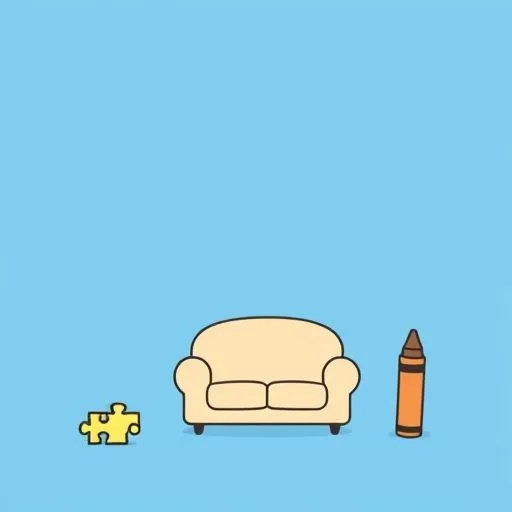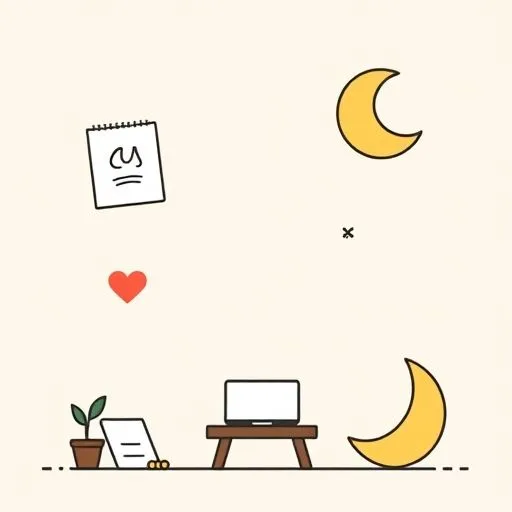
Remember those times when our little ones are so absorbed in questioning why the moon follows them during evening walks, or why the sky is blue, that we pause to wonder—how much of this is just the ‘why’ phase, and how much is shaping the future? Here’s the beautiful part – it’s way simpler than we think! Innovative thinking is built in the quiet moments we create together. When we watch them play, and rather than rushing to answer, we ask ‘What do you think?’, we’re opening the door to something bigger. Isn’t that just wonderful?
Playgrounds Turn into Think Labs: Our Living Room as Laboratory

That spark of curiosity—that urge to ask, to explore, to test things—isn’t something that comes from textbooks. It’s cultivated in the space between the bedtime stories, where you’re letting them invent the next chapter, and the Lego building sessions where the bickering about who gets which block becomes a lesson in teamwork.
How amazing is that? The way they’ll argue over who gets to be the leader, and how a simple question like ‘How could we make this work together?’ turns into a mini-lesson in innovation. The same principles that build a company’s boardroom strategy—curiosity, collaboration, and resilience—are first practiced in pillow forts and the art of sharing and negotiating with crayons.
The Three Ingredients of the Brightest Minds

When research talks about ‘the three pillars of innovation,’ it’s easy to think it’s about complicated theories. But really, it’s simpler: it’s the spark of curiosity, the ability to work together, and the willingness to try again after a fall.
And those pillars? They’re found in every day moments. Like when your tower keeps falling, and you hug them through the frustration, then say, ‘Let’s think about what we can change.’ The boat that sinks, and the way you frame it as a puzzle to solve—not a failure.
Even the way you teach them to share the crayons, not just for fairness, but to prepare them for sharing the code later—it’s all part of the same blueprint.
Building the Future with the Smallest of Hands

It’s not about the grand gestures of parenting—it’s the way you’ve let them stay up late to finish the drawing, because ‘the creative flow must be respected.’ It’s the way you’re saving their scribbles, urging them to honor their ideas.
It’s the comfort after the first failed invention, with a gentle ‘Let’s try again’ that teaches resilience. Others might think we’re just raising a future engineer, or a future artist—but we know that’s the wrong lens.
The real goal? To raise kind humans who stay curious, who can see problems as puzzles, and who can work together to make something better. Think about the last time you nodded at your little one’s ‘why’ question about the moon and actually listened to their answer. That’s the future—built in the quiet moments of today. How amazing is that?
Source: GE Aerospace bets big on AI; great success in finding talent in India: Co official, Livemint, 2025/09/28
